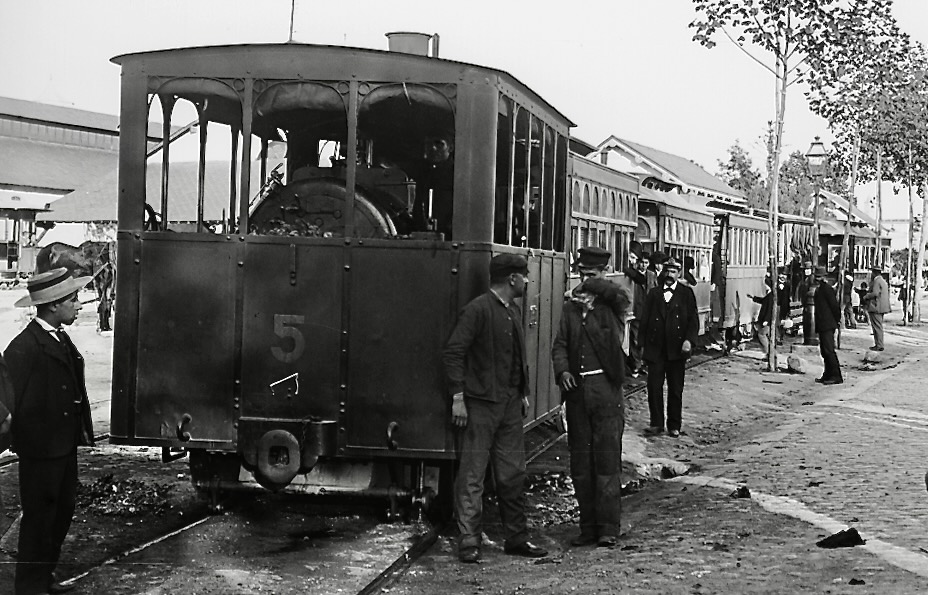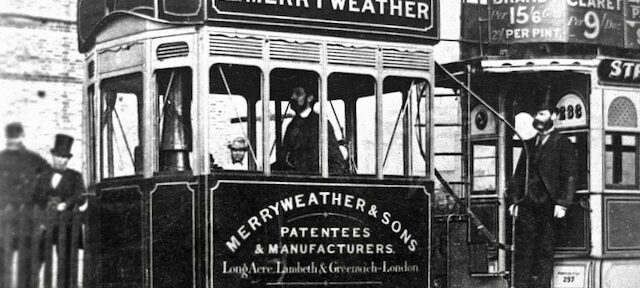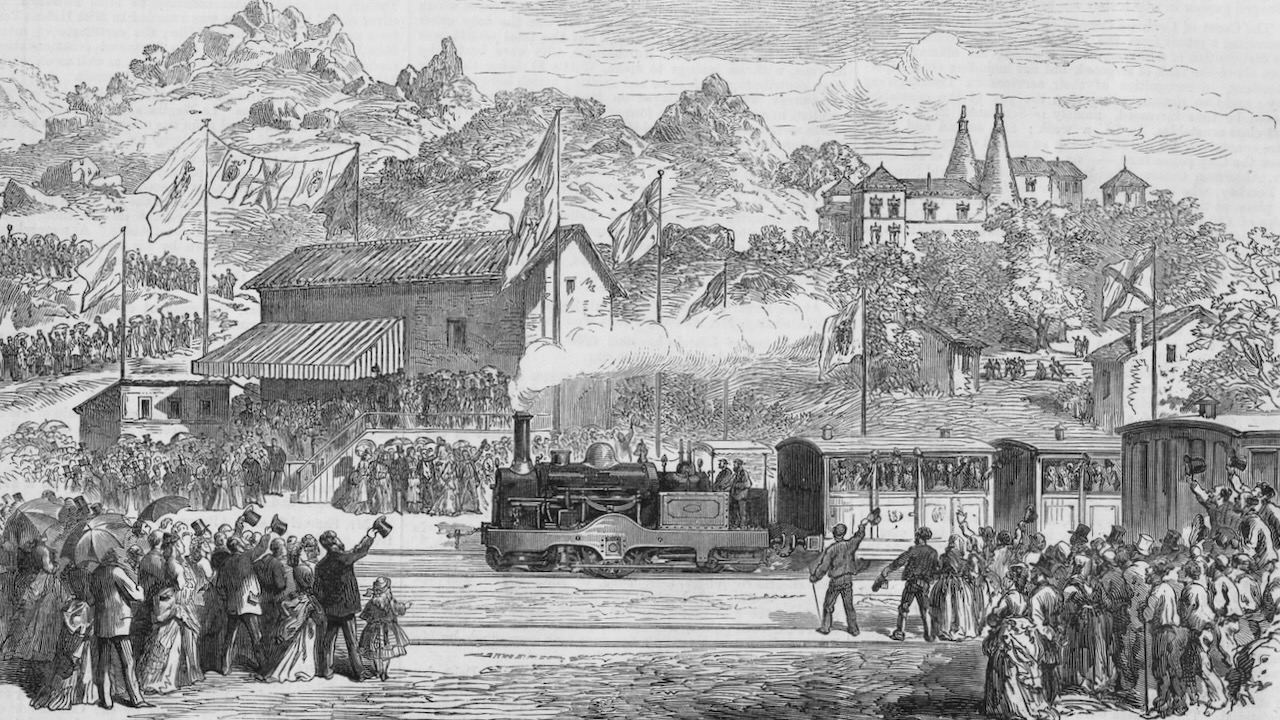Tag: steam tram
-

The Porto Steam Trams
In Porto, like in most cities before electric trams were introduced, horse trams provided the urban public transport, although in Porto more often mules were used. Steam trams were used in many cities too, most on busy suburban routes. Porto was one of the cities in Europe using steam locomotives for trams. This page is…
-

Merryweather and Sons, steam tram locomotive builders
Actually the title of this page is wrong. The major activity of the Merryweather company was always making fire fight equipment. As such it was founded in 1692, although originally with a different name. Over the next 144 years the name changed several times with new owners and associates joining or leaving the firm. Fire…
-

Larmanjat
The Larmanjat was a monorail system invented by the french engineer Jean Larmanjat (1826-1895). The system was made of a central vignola type iron rail and at both sides longitudinal wooden sleepers about 60 cm from the central rail. This system was adopted by “The Lisbon Steam Tramways Company ltd“. Locally the system was called “Companhia de…
-

Braga trams
Braga was one of the five places in Portugal that had an electric tram system. This very old city, with its roots in the pre-historic period, is situated about 55 km north-east from Porto. Apart from the many monuments in the city itself, one of the most important destinations for visitors is the Santuário do…
